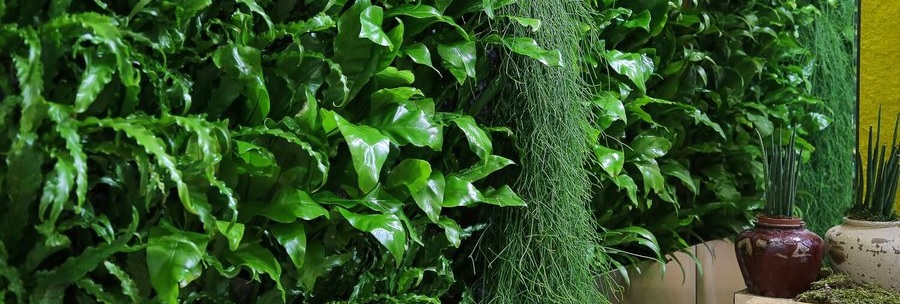Stabilization is a method to extend the freshness and natural beauty of flowers and other plants for years. Practically any plant and its parts, such as buds, sepals, and stems, can undergo stabilization. It's crucial to perform this process with fully healthy, maximally fresh specimens.

When Was Stabilization First Performed
In the 1970s, spouses Paul and Jeanette Lambert conducted an experiment to prolong the life of a flower. The action was based on replacing the plant cells' composition, resembling the well-known embalming process. This successful experiment introduced the world to buds that do not wilt and can last for many months or even years.
What Are Stabilized Flowers
Stabilized flowers are plants in which the water has been replaced with a preserving substance. This substance slows down the wilting process, ensuring that all parts, including the buds, leaves, and stems, remain fresh, flexible, and retain their vibrant color.
These flowers have significant advantages over dried flowers, which are also known for their long shelf life. Stabilized plants do not shed or become brittle. They can be touched just like regular live flowers. The plant's color remains vibrant, whereas dried flowers appear somewhat duller. You can move stabilized flowers without worrying about them falling apart. Additionally, they can be easily arranged into bouquets.
How to Stabilize Flowers
The stabilization process must be performed under specific conditions, although many people attempt to do it at home with some success. However, to ensure the plant delights its owner, all stabilization process requirements must be met. For home stabilization, it is best to choose inflorescences with dense petals, such as tulips, roses, carnations, and lilies. Chrysanthemums and peonies might not be successful for home stabilization due to their fragile petals.
Stabilization Using Glycerin
Flower buds can be preserved using glycerin. The steps for stabilization are as follows:
- Choose a half-opened bud. Dry it by hanging it upside down without water for 24 hours, reducing its moisture content without causing wilting.
- Cut the stem at a sharp angle to a length of up to one and a half centimeters.
- Mix equal parts water and glycerin in a separate container.
- Place the plant in the solution for 2 weeks. During this time, the glycerin will replace the liquid in the flower's tissues. Shorten the stem by half a centimeter daily to ensure better absorption of the solution.
- After two weeks, the stabilization process is complete.
To stabilize specific plant parts, such as autumn leaves, you can use one part glycerin to two parts water. Heat this mixture to 70°C, place the plant in it, and the process will be complete in 2-3 weeks.
Using Paraffin for Stabilization
Cosmetic or candle wax is also suitable for plant preservation. This quicker process involves:
- Melt the wax in a water bath and pour it into a container where the plant will be dipped.
- Let the paraffin cool slightly for about 5 minutes.
- Slowly dip the bud upside down into the wax and immediately remove it carefully to avoid deforming the petals. After removing the bud from the paraffin, turn it over so the mixture reaches the central part.
- Repeat this process 3-4 times until the plant is completely covered with wax.
- Finally, hang the flower upside down to allow the excess paraffin to drip off and dry.
Care for Stabilized Plants
There are no special requirements for storing these plants. However, it is better to keep them away from sunlight and moisture. You can remove dust using a regular hairdryer on a cold setting and a soft sponge.
As shown, no special equipment or materials are needed to stabilize flowers yourself. However, long-term storage cannot be guaranteed. If you plan to give someone a stabilized flower as a gift, it's best to opt for professional services, such as ordering a rose in a glass dome, which will delight the recipient for years.
